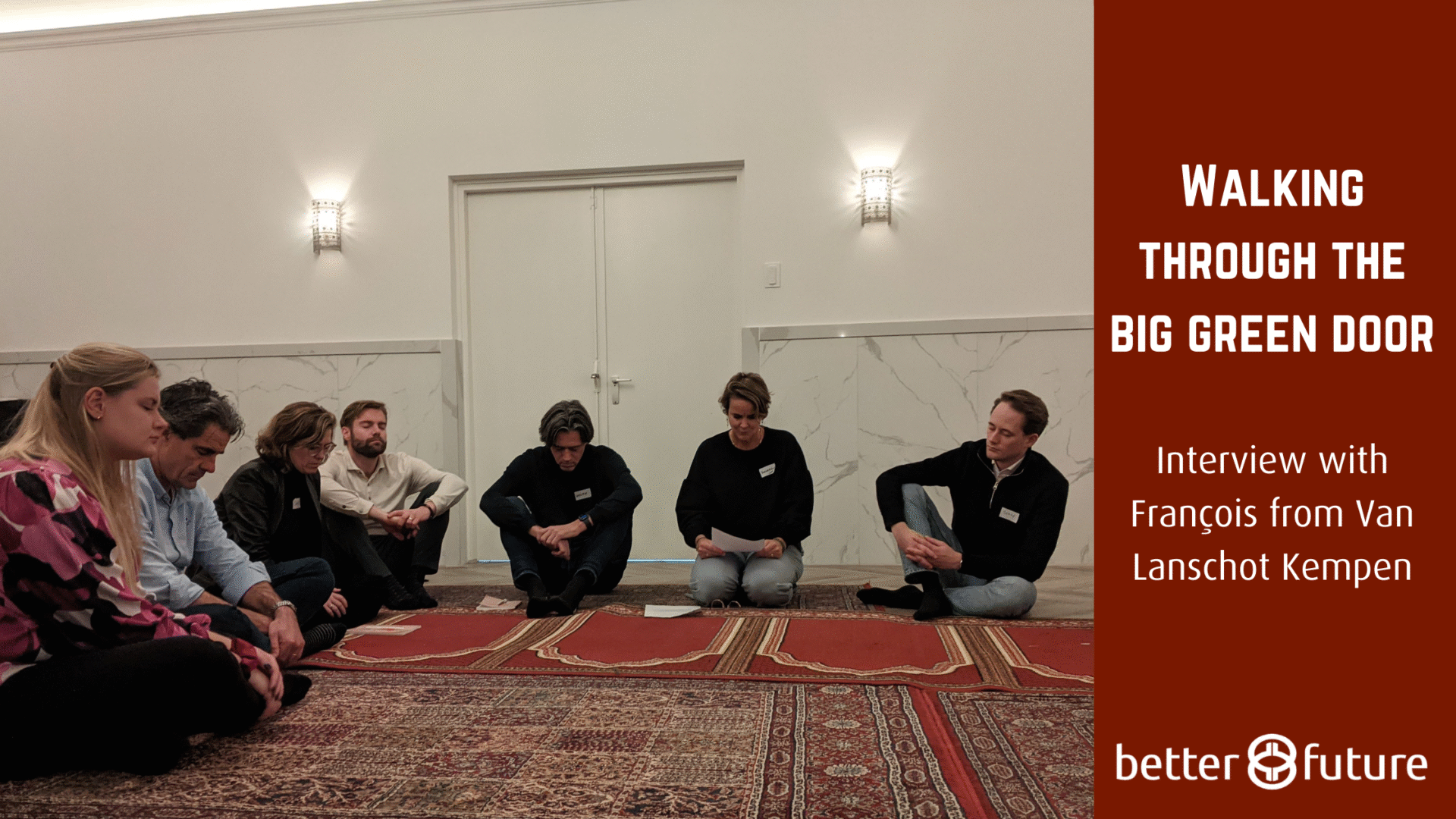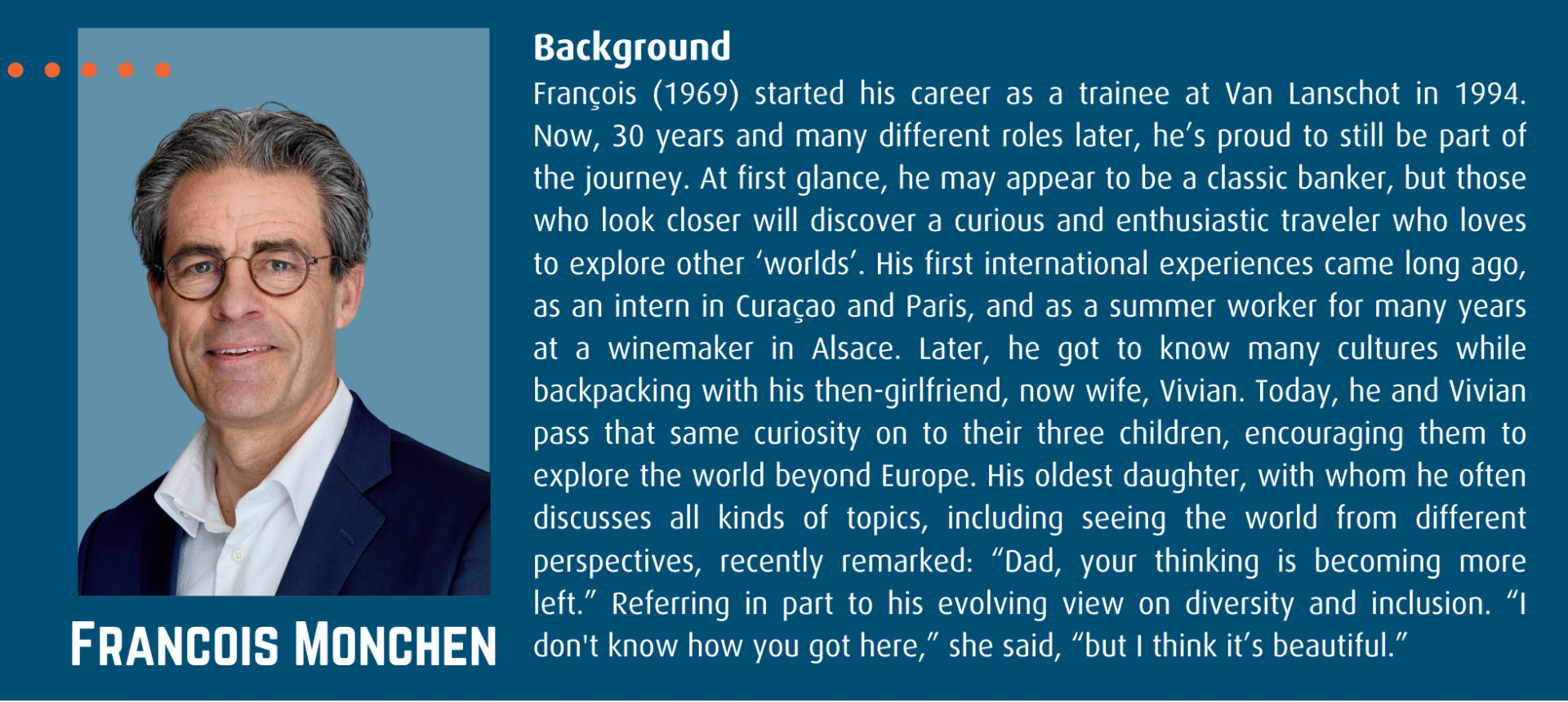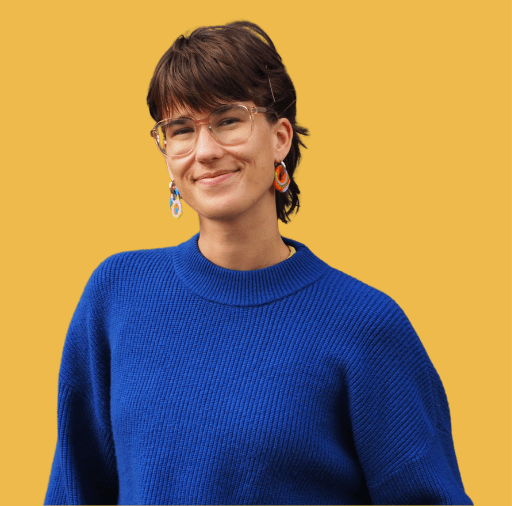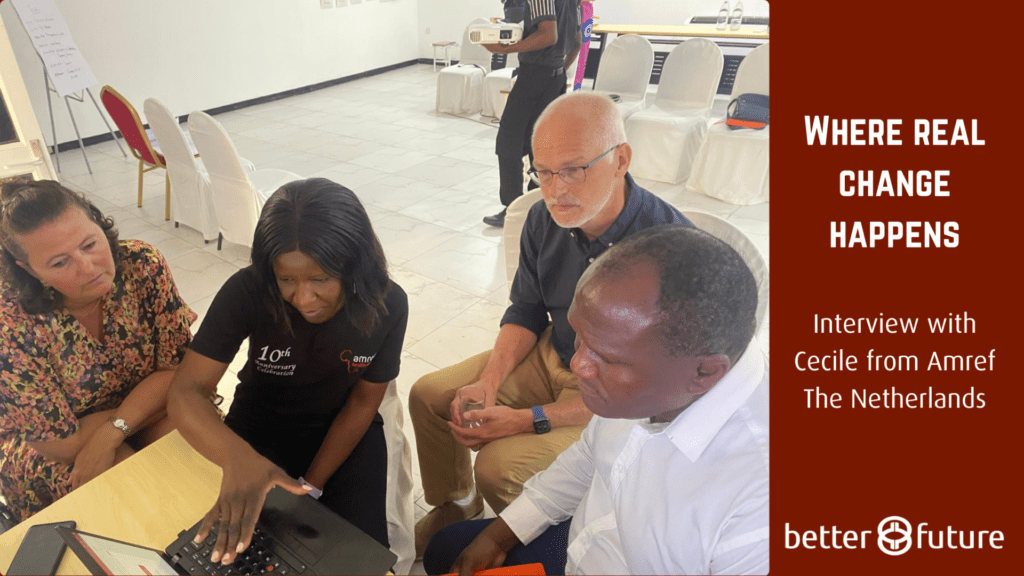

4 min.
“Every day on my way to high school, I would pass the big green door of Van Lanschot Kempen’s monumental office in Den Bosch. Every time, I told myself: One day, when I’m a grown up, I’ll walk through that door.
And that’s exactly what I did after university. I walked in for a job interview for a traineeship in 1994—and I never really walked back out. That was 30 years ago.”
The journey
“When I joined the Better Future Impact Expedition, I wasn’t sure what to expect and struggled to be fully present. I had piles of work waiting for me, and now I was here, in Rotterdam, in some sort of social hotel for one and a half days. How could this be the best use of my time?
The fact that Wendy Winkelhuijzen, a member of the board, was present piqued my interest.
Once the program was in full swing, something shifted. I relaxed into it. I started to really enjoy it. And I realized something surprising: I needed this. After being in this company for so long, this program gave me a much-needed jolt of new energy, one I didn’t even know I was missing.
Topics like diversity and how to be future-proof as a company wouldn’t be topics I would step into myself. So, it was great to be pushed out of my bubble.”

A push in the right direction
“Our expedition in Rotterdam was filled with inspirational visits (you can read more about those in Nordin’s impact story). But for me, the next step in the process was the highlight: the design sprint sessions in Utrecht. After a successful expedition, more people joined this second phase of the program. On this day, we took the newly gathered perspectives from the expedition in Rotterdam and shaped them into something tangible for Van Lanschot Kempen.
That’s where the real impact started.
We began having different kinds of conversations within the company—real conversations. We talked about people’s personal experiences and the challenges they face. For example, the struggles of those who don’t have the so-called ‘seven ticks’ [1]. It opened my eyes to the importance of listening, truly listening, to people’s stories and using those insights to drive change.
That shift in thinking led to something tangible, not just a report that ends up in a drawer, but a compelling vision and tangible next steps to bring it to life in the areas of business, HR, and social responsibility. Better Future didn’t just spark a fire—it set off a chain reaction. And now, we’re working on keeping that fire burning throughout the company. Because real change has to happen both from the top down and the bottom up.”

The right moment
“This program came at the right time. I was searching for something to give me energy, something to challenge me, something to push me forward. Something to make me realise that I was in a bubble. But I also think I had to be ready for it—to be open to having my perspective shifted. Having gained the scratches and scrapes of life experience, I was ready.
Change doesn’t happen overnight. Diversity isn’t a quick fix. It’s something you have to commit to, work at, and nurture over time. Once your eyes are opened, you can’t unsee it. It shifts how you show up, what you notice, and what you’re willing to stand for. And if there’s one thing I’ve learned from this experience, it’s that when you take that first step—when you walk through the door—you open yourself up to possibilities you never even imagined.”
[1] According to Joris Luyendijk, the privileged white man checks the following seven marks: he is male, white, heterosexual, has at least one highly educated or wealthy parent, at least one parent born in the Netherlands, a VWO diploma (high school education), and a diploma from the University.




